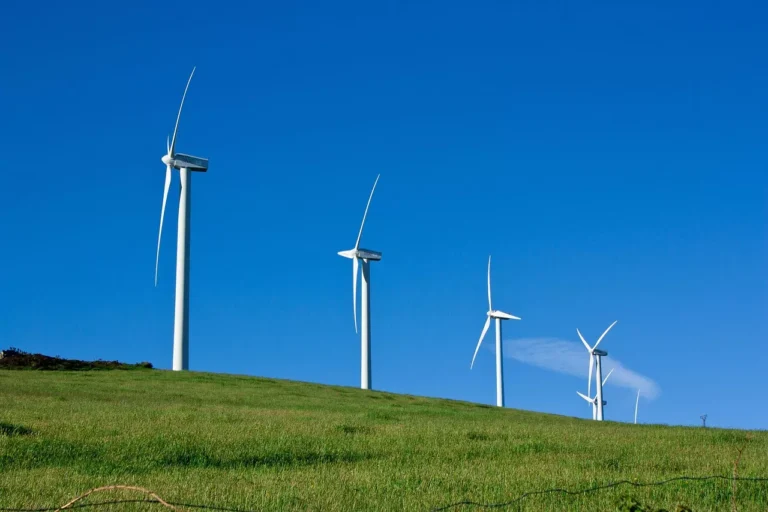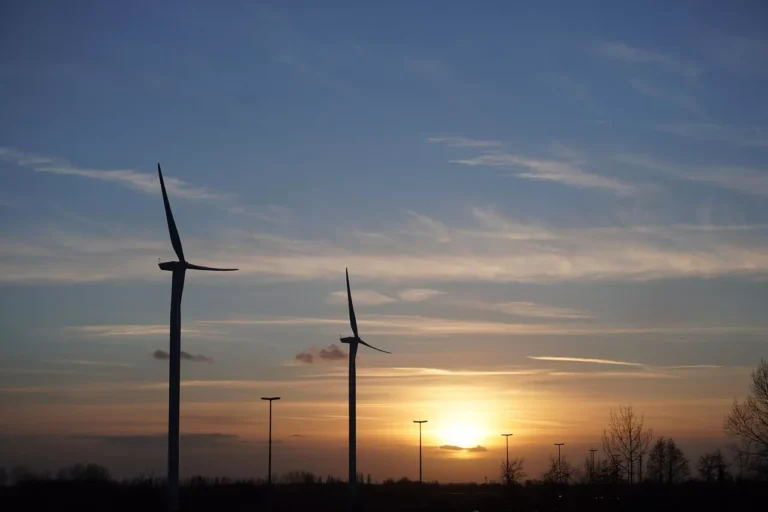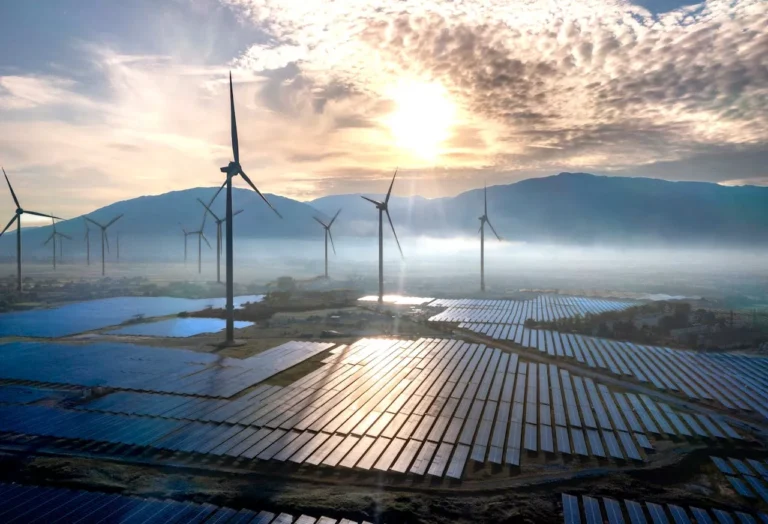
Energy Dome and Google Form Global Partnership to Scale CO₂ Battery Technology for 24/7 Carbon-Free Energy
In a significant move toward accelerating the global energy transition, Energy Dome, a leading innovator in long-duration energy storage solutions, has entered into a groundbreaking global commercial agreement with Google. This strategic partnership focuses on deploying Energy Dome’s proprietary CO₂ Battery technology to help decarbonize the power grids that support Google’s operations around the world. In addition to the commercial arrangement, Google has also made a strategic investment in Energy Dome, reinforcing its commitment to scaling transformative energy technologies.
The Rising Demand for Reliable Clean Power
Electricity forms the backbone of modern civilization—powering homes, industries, digital infrastructure, and entire economies. As more sectors become electrified and digital technologies such as artificial intelligence and cloud computing drive exponential increases in electricity consumption, the urgency for clean, reliable, and scalable energy solutions has never been greater. This demand is particularly acute for hyperscale digital operators like Google, which rely on enormous amounts of power to operate data centers and support real-time services for billions of users.
While renewable energy sources like solar and wind have become the most cost-effective and fastest-growing options for adding new capacity to power grids, they face a critical limitation: intermittency. Because they depend on weather conditions and daylight cycles, these sources cannot provide a constant supply of energy. This intermittency presents major challenges to grid operators and energy-intensive users, especially as the world moves toward more ambitious climate goals.
This is where long-duration energy storage (LDES) plays a vital role. LDES technologies bridge the gap between supply and demand by storing excess renewable energy when it is abundant—such as during sunny or windy periods—and discharging it during times of low generation or peak consumption. This flexibility is essential to provide “firm” power: a steady, on-demand supply of electricity that can match consumption needs without relying on fossil fuels.
Why Google Chose Energy Dome’s CO₂ Battery
Google’s collaboration with Energy Dome represents its first-ever commercial agreement for long-duration energy storage and is an integral step in fulfilling its ambitious 24/7 carbon-free energy (CFE) commitment by 2030. Unlike traditional energy procurement strategies that focus on offsetting carbon emissions over a period, Google’s 24/7 CFE goal requires matching every hour of electricity consumed by its operations with clean energy production, around the clock, every day of the year.
To meet this demanding target, Google has been exploring and investing in next-generation energy technologies that can provide consistent, reliable, and zero-carbon power. After a rigorous evaluation process, Energy Dome’s CO₂ Battery emerged as a standout solution. The technology is not only market-ready but also meets the essential criteria of scalability, affordability, and global deployability.
The CO₂ Battery can continuously discharge power for periods ranging from 8 to 24 hours, making it ideal for supporting both baseload operations and peak demand. This performance enables grid operators and large energy users to overcome the limitations of renewable intermittency and gain a consistent supply of electricity without sacrificing environmental goals.
Moreover, the technology is designed with a modular and site-independent architecture. It leverages widely available industrial components—such as compressors, turbines, and heat exchangers—thus avoiding supply chain bottlenecks that often delay the deployment of advanced technologies. This ensures that the CO₂ Battery can be rapidly scaled to support projects of various sizes across diverse geographical and climate conditions.
How the CO₂ Battery Works
At the core of Energy Dome’s innovation is the use of carbon dioxide as the working fluid in a closed-loop thermodynamic cycle. During the charging phase, the system compresses CO₂ into a liquid and stores it in large, low-pressure tanks. In this process, heat is also captured and stored separately. When electricity is needed, the liquid CO₂ is evaporated and expanded through a turbine to generate power, using the previously stored heat.
This approach offers several benefits over conventional battery technologies. For one, CO₂ is abundant, non-toxic, and remains in a sealed system with no atmospheric emissions, making it a safe and sustainable storage medium. Additionally, the mechanical nature of the process introduces grid-supporting attributes like rotational inertia, which helps stabilize frequency fluctuations—a growing concern as traditional fossil-fuel-based generators are phased out.
The loss of rotational inertia from decommissioned coal and gas plants is creating a void in grid stability. Renewable energy systems, particularly solar PV and wind, do not provide inertia in the same way conventional rotating machinery does. By using turbines and compressors, Energy Dome’s CO₂ Battery restores this physical inertia to the system, helping grids remain stable amid sudden changes in supply or demand.
A Shared Vision for Global Energy Transformation
According to Maud Texier, Director of EMEA Energy at Google, this partnership is about much more than meeting internal corporate sustainability targets. “Google is committed to powering our operations with clean energy, and Energy Dome’s technologically proven and scalable long-duration energy storage solution can help us unlock rapid progress,” said Texier. “But this isn’t just about Google. By helping to scale this first-of-a-kind LDES technology, we hope to help communities everywhere gain greater access to reliable, affordable electricity and support grid resilience as we integrate more renewable energy sources.”
This sentiment reflects a broader strategy in which leading corporations like Google take an active role in driving clean energy innovation not just for their own operations, but also for the broader energy ecosystem. By partnering with emerging technology companies, they accelerate the commercialization of solutions that can benefit entire industries and communities worldwide.
Scaling Up Globally
The commercial agreement includes plans to co-develop a series of CO₂ Battery projects across key strategic regions, including Europe, North America, and the Asia-Pacific. A robust pipeline of projects and sites has already been identified, and many are currently advancing through development and contracting phases.
This global scope aligns with Google’s expansive operational footprint and ensures that carbon-free energy solutions are deployed in locations where they can have the greatest impact. Furthermore, these projects are expected to play a pivotal role in supporting national grid decarbonization efforts and building energy resilience in both advanced and developing markets.
The partnership also opens the door for other large energy users and utilities to explore the adoption of Energy Dome’s technology, thereby expanding its market potential and accelerating cost reductions through economies of scale.










